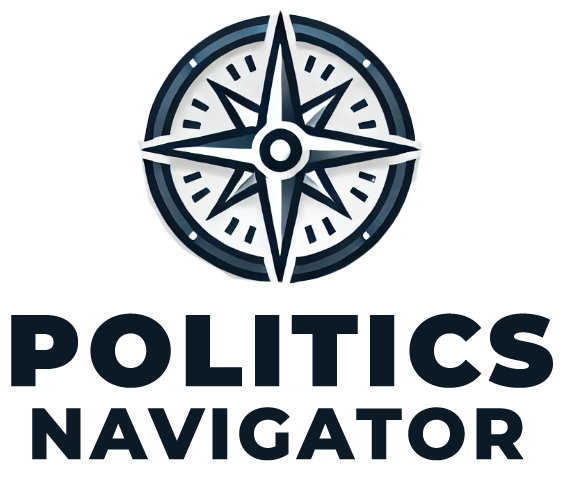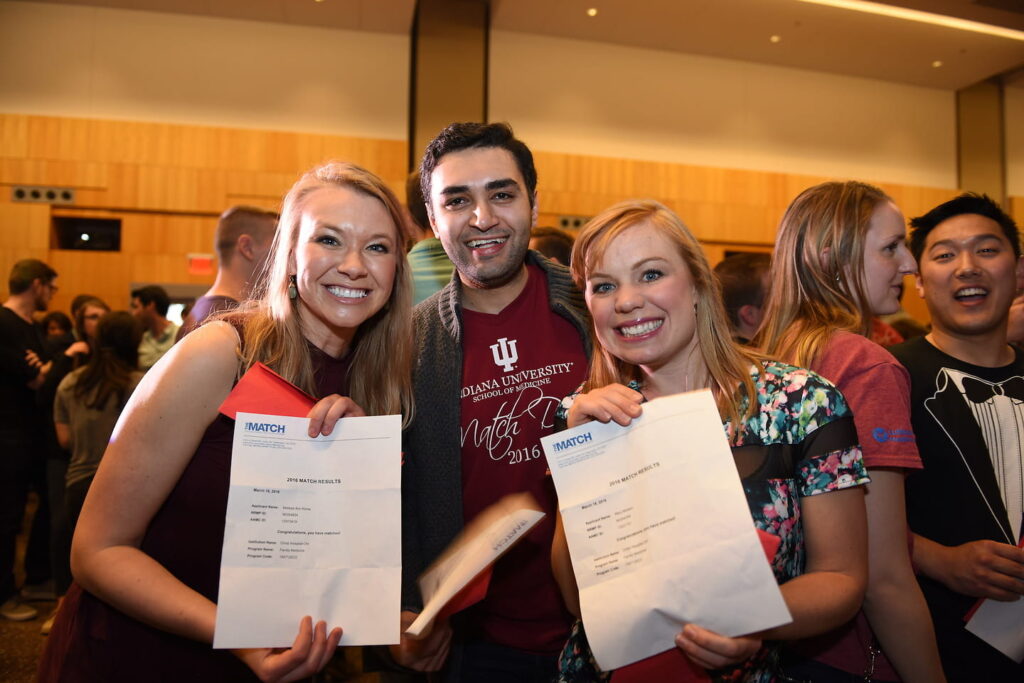As healthcare needs continue to grow across America, the competition to enter medical school has reached unprecedented levels. New data paints a striking picture of just how competitive the journey to becoming a physician has become, with some schools receiving more than 21,000 applications for a single class. Let’s dive deep into what these numbers mean for aspiring medical professionals.
The Numbers That Shape Medical Education
The latest statistics from U.S. News & World Report reveal a medical education landscape that’s more competitive than ever before. With nearly 629,000 applications submitted across 103 ranked medical schools, the sheer volume of applications is staggering. Consider these key metrics:
- The average medical school receives 6,106 applications
- Top-tier institutions average 11,327 applications
- Even less competitive schools receive 2,174 applications on average
- Most applicants submit applications to 18 different schools
Geographic Trends Reshaping Medical Education
One surprising revelation in the data is the emergence of regional powerhouses in medical education. Pennsylvania, in particular, has become a focal point for medical school applications:
- LECOM leads nationwide with 21,050 applications
- Four Pennsylvania schools rank among the most popular
- The East Coast continues to dominate medical education
- California, Colorado, Illinois, Georgia, and Florida show strong representation
Understanding Rankings vs. Popularity
An intriguing disconnect exists between application volumes and traditional rankings. Among the schools receiving the most applications, only three achieved top-tier research status:
- University of Colorado School of Medicine
- UCLA’s Geffen School of Medicine
- Emory University School of Medicine
This suggests that applicants are looking beyond traditional rankings when choosing where to apply.
Strategic Insights for Future Applicants
For those planning their medical school journey, these trends offer valuable lessons:
Application Strategy
- Diversify applications across geographic regions
- Consider both DO and MD programs
- Look beyond the most popular institutions
- Research program-specific strengths
- Factor in location and career goals
Hidden Opportunities
- Less competitive schools may offer excellent education
- Regional schools often have strong local connections
- Osteopathic programs provide valuable alternatives
- New medical schools create additional opportunities
The Changing Landscape of Medical Education
Several factors are reshaping medical education in America:
- Growing healthcare demands driving expansion
- Increased interest in medical careers post-pandemic
- Evolution of medical education methods
- Rise of holistic admissions processes
- Emphasis on diversity and inclusion
Looking Ahead: The Future of Medical Education
While competition remains fierce, several positive trends are emerging:
- New medical schools opening across the country
- Existing programs expanding class sizes
- Innovative education models emerging
- Greater emphasis on primary care
- Increased focus on rural medicine











